Roxy Paine explores nature, folklore and geometry in his latest exhibition

Embers glow and flicker amid the hyperrealistic charred polyester resin and fibreglass trees, the light intentionally dim. It’s as if you have stumbled upon a suspended moment in time; a forest is hazy in the distance. Within seconds, artist Roxy Paine captivates with his new work Desolation Row on view as part of his two-venue exhibition at New York’s Paul Kasmin Gallery.
A semi-hybrid between Paine’s tree-like Dendroid series and his dioramas, Desolation Row condenses a half-mile viewpoint of a burned down forest into seven feet. ‘I’ve always been interested in our relationship to nature — how it affects us and how we obsessively alter nature and seek to control it,’ Paine says. ‘To me it’s a very melancholy piece. It’s dealing with the aftermath. Is this fire manmade? Is it because of how we have altered the planet? Is it just a natural fire?’
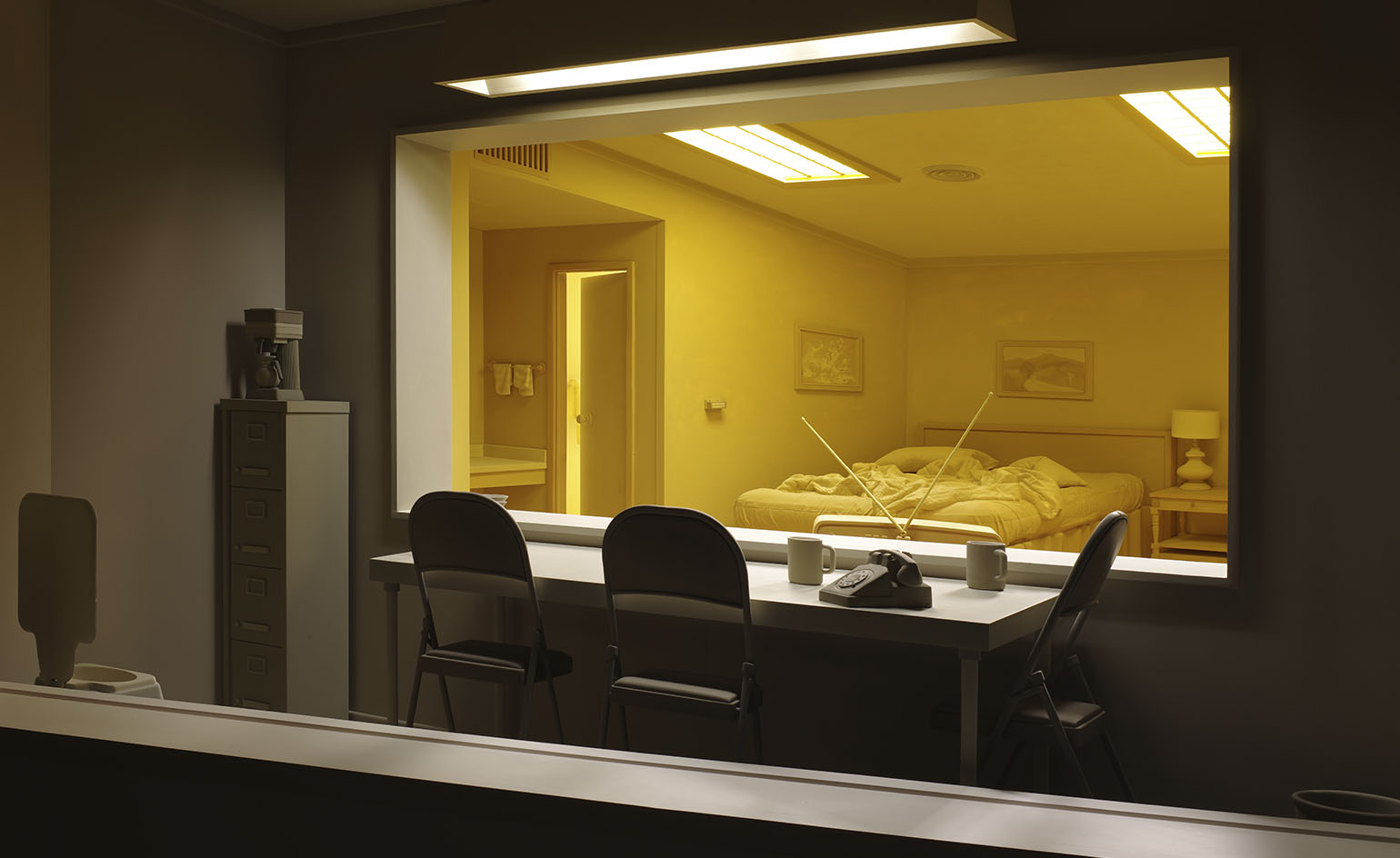
Installation view of ‘experiment’, 2015
Much of Paine’s work evoke questions of whether something is or is not. His latest series of Dendroids, for example, resemble silver tree sculptures, but study many dendritic forms, such as the branching human vascular and digestive systems and neuron structures. Many of his Dendroids illustrate the connectedness of human and nature — at times literally — such as in After the Flood,in which a tree is entangled with manmade detritus after a natural disaster.
Paine’s dioramas, experiment and Meeting, express this tension between man and nature from another angle. In experiment — a fictional scene of the true CIA experiment MKUltra, during which the CIA drugged unsuspecting people with LSD and hallucinogens — the viewer is positioned in front of a hidden surveillance room behind a two-way mirror that faces an empty bedroom. This perspective is heightened by the absence of people in the work, forcing the viewer to place oneself into the scene.
Meeting,which is intended to convey a community space where a substance support group could gather, uses the circular form as its anchor. ‘This idea of the circle of chairs and circular geometry is such an an ancient one,’ Paine says. ‘But then it is in this airless, window-less space with fluorescent lights.’ He underscores this relationship between the old and new by writing entries from a dictionary of folklore motifs on the whiteboard, emphasising the stories we tell repeatedly across time and cultures.
Although purposely kept separated to preserve their discrete narratives, Desolation, the Dendroids, and the dioramas all offer different perspectives of humanity. ‘Humans generally think they are so apart from animals and nature,' explains Paine. ‘We build these elaborate encasements around our instincts and disguise them, but ultimately we’ll be determined by our primitive brains.’
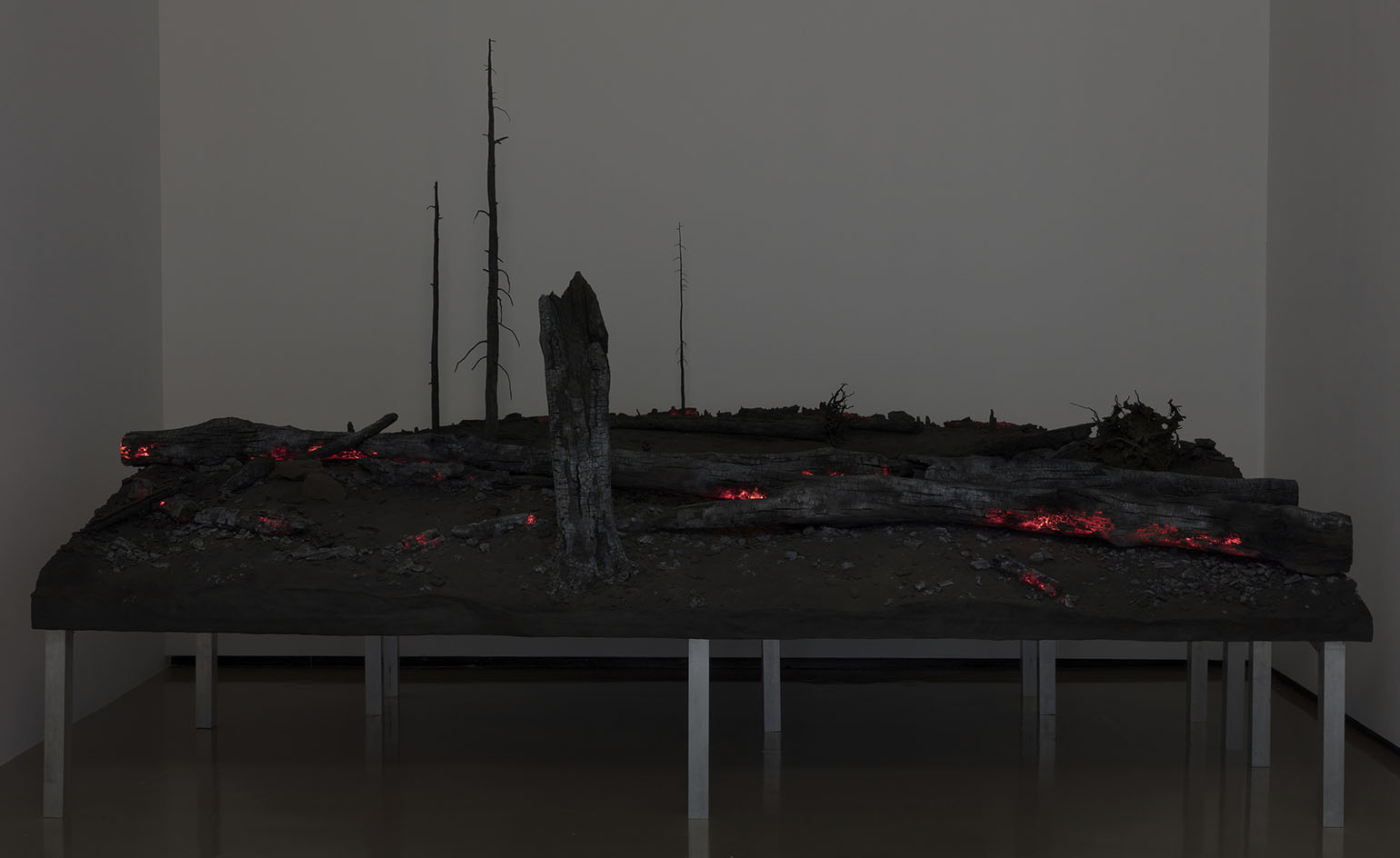
Desolation Row, 2016. Photography: Christopher Stach. Courtesy of Paul Kasmin Gallery. © Roxy Paine

After The Flood, by Roxy Paine, 2017. Photography: Christopher Stach. Courtesy of the artist and Paul Kasmin Gallery
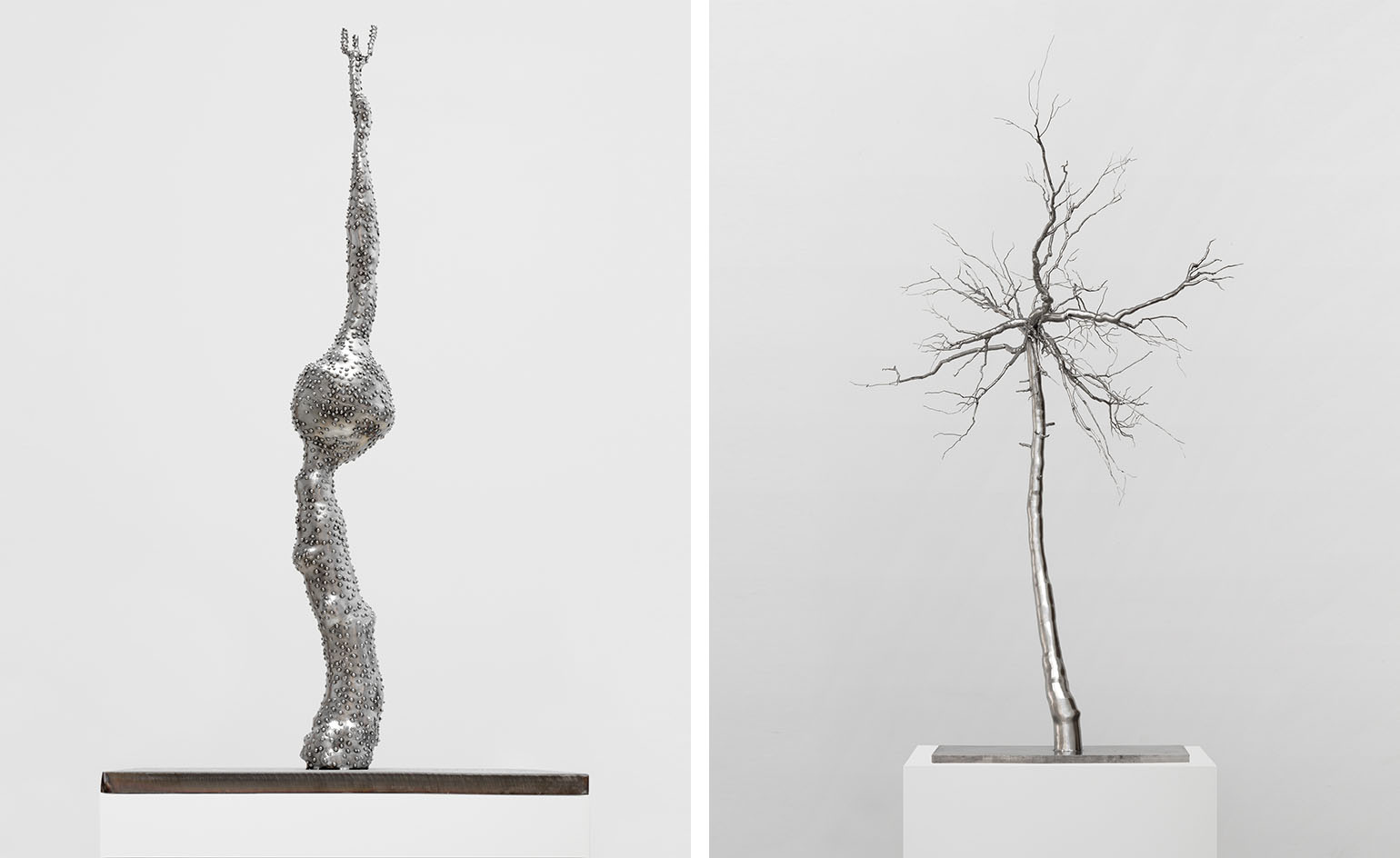
Left, Mental State no. 5, 2017. Right, Neuron Flower Tree, 2016. Photography: Christopher Stach. Courtesy of the artist and Paul Kasmin Gallery

Coil (Mental State no. 4), by Roxy Paine, 2017. Photography: Christopher Stach. Courtesy of the artist and Paul Kasmin Gallery
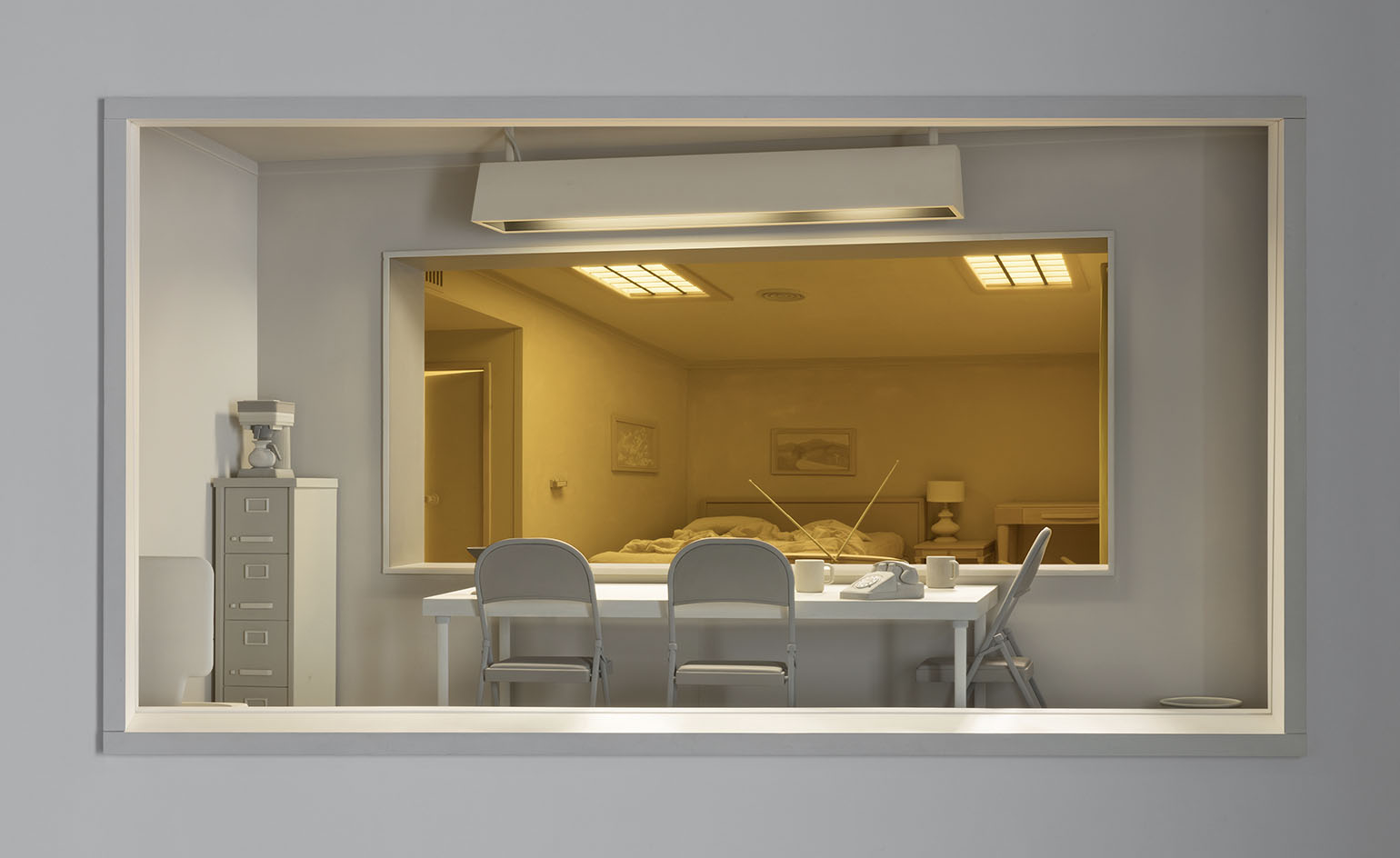
Experiment, 2016. Photography: Christopher Stach. Courtesy of Paul Kasmin Gallery. © Roxy Paine

Left, New Amalgam, 2017. Right, Untitled, 2012-2017. Photography: Christopher Stach. Courtesy of the artist and Paul Kasmin Gallery
INFORMATION
‘Farewell Transmission’ is on view though 1 July. For more information, visit the Paul Kasmin Gallery website
ADDRESS
Paul Kasmin Gallery
293 and 297 Tenth Avenue
New York NY 10001
Receive our daily digest of inspiration, escapism and design stories from around the world direct to your inbox.
-
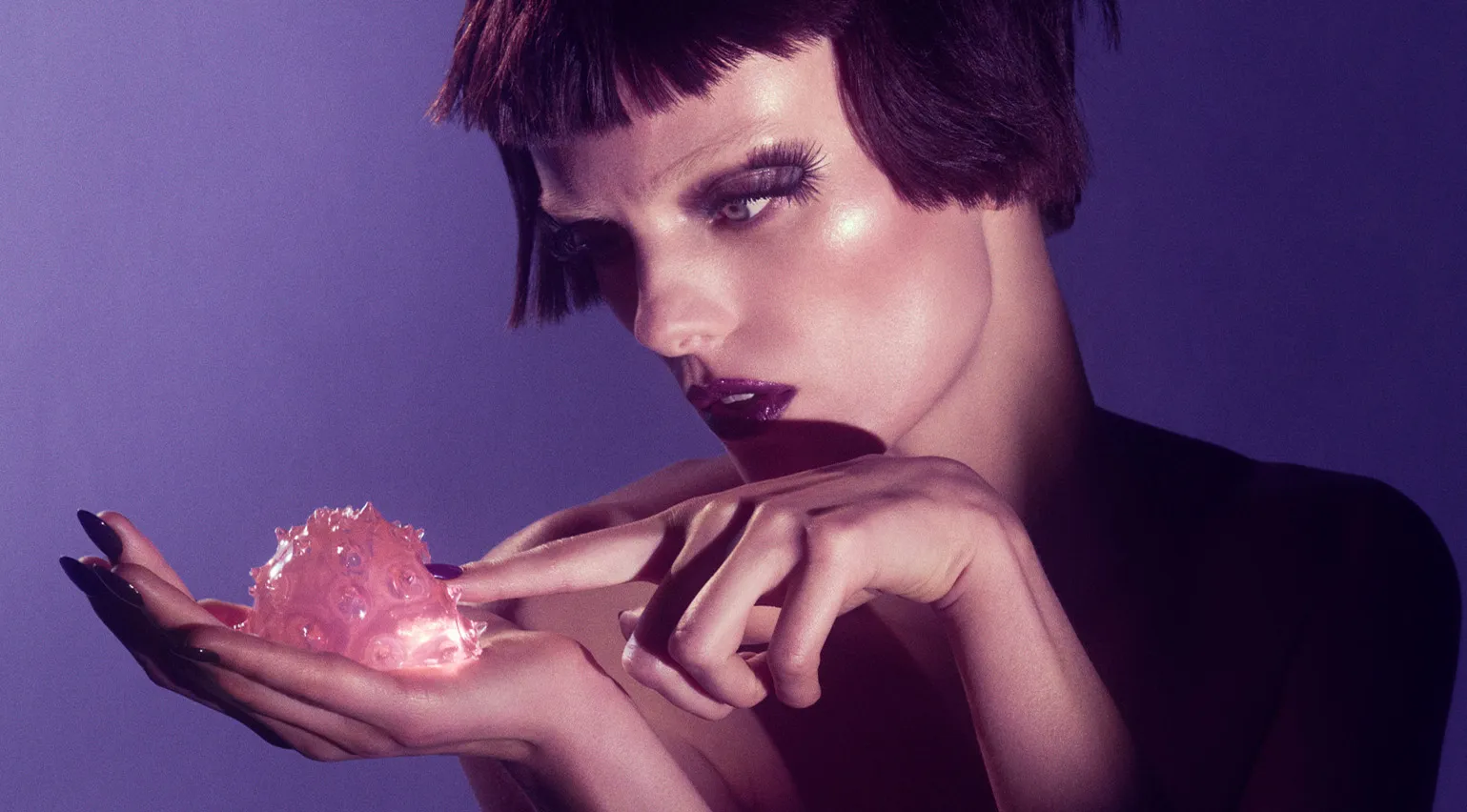 The beauty trends that will define 2026, from ultra-niche fragrances to anti-ageing dental care
The beauty trends that will define 2026, from ultra-niche fragrances to anti-ageing dental careAs we enter the new year, we speak to experts in fragrance, skincare, aesthetics, wellness and more about the trends that will be shaping the way we look
-
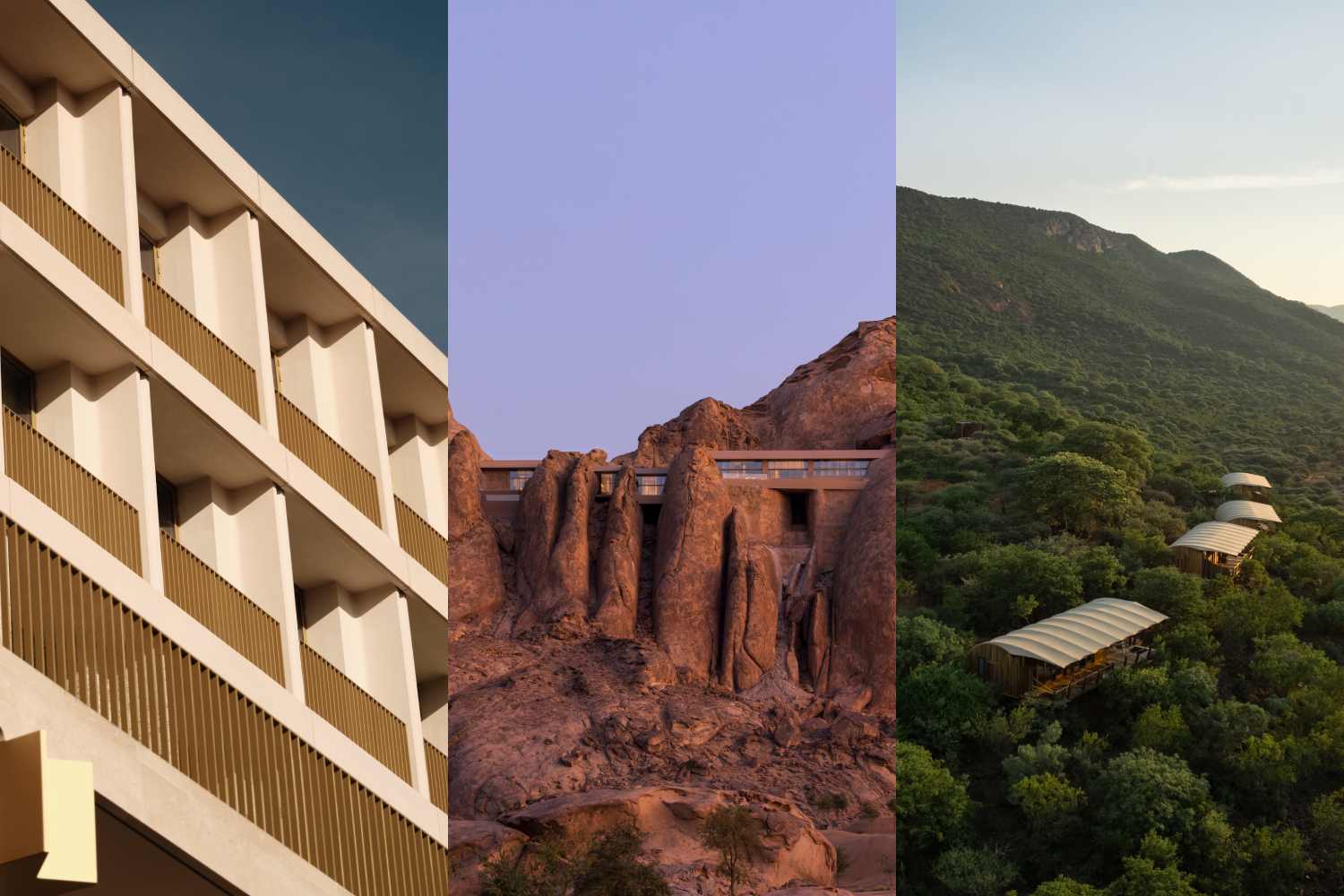 The most stylish hotel debuts of 2025
The most stylish hotel debuts of 2025A Wallpaper* edit of this year’s defining hotel openings. Design-led stays to shape your next escape
-
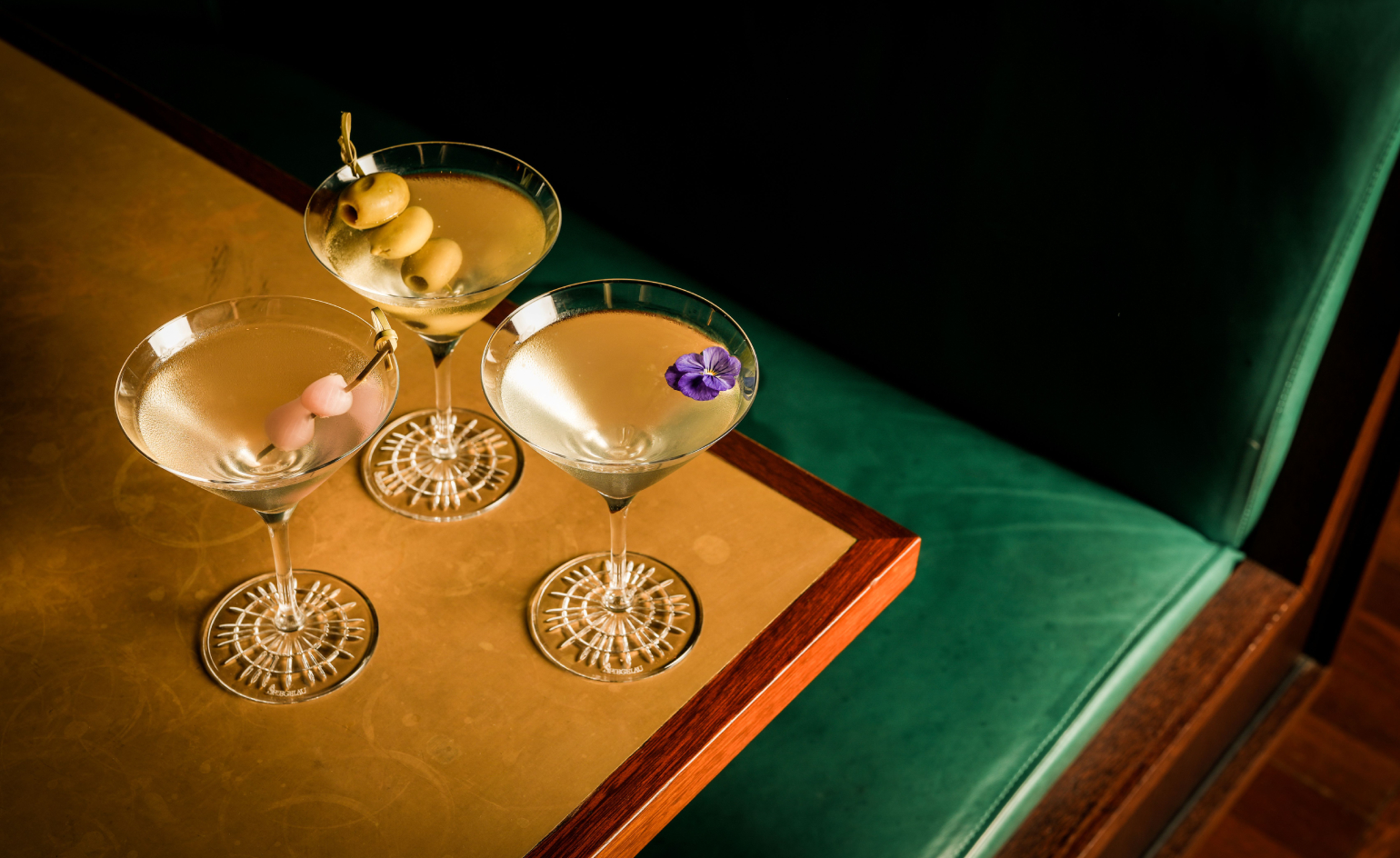 Neo-Gothic grandeur and decadent martinis await at Hawksmoor St Pancras
Neo-Gothic grandeur and decadent martinis await at Hawksmoor St PancrasThe dining room at the St Pancras London hotel has proved to be a revolving door for big-name chefs; now, it's Hawksmoor’s time to shine
-
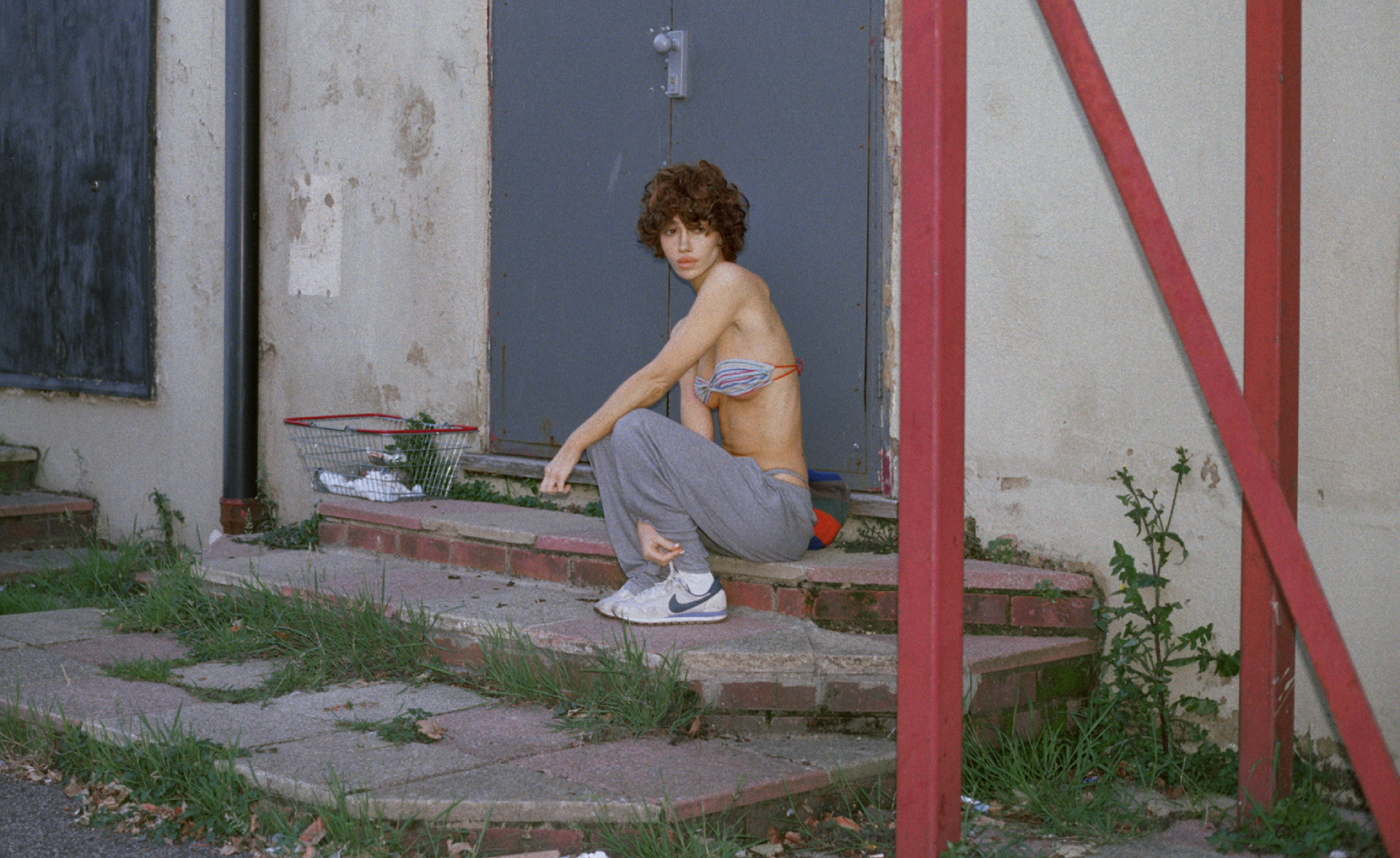 Nadia Lee Cohen distils a distant American memory into an unflinching new photo book
Nadia Lee Cohen distils a distant American memory into an unflinching new photo book‘Holy Ohio’ documents the British photographer and filmmaker’s personal journey as she reconnects with distant family and her earliest American memories
-
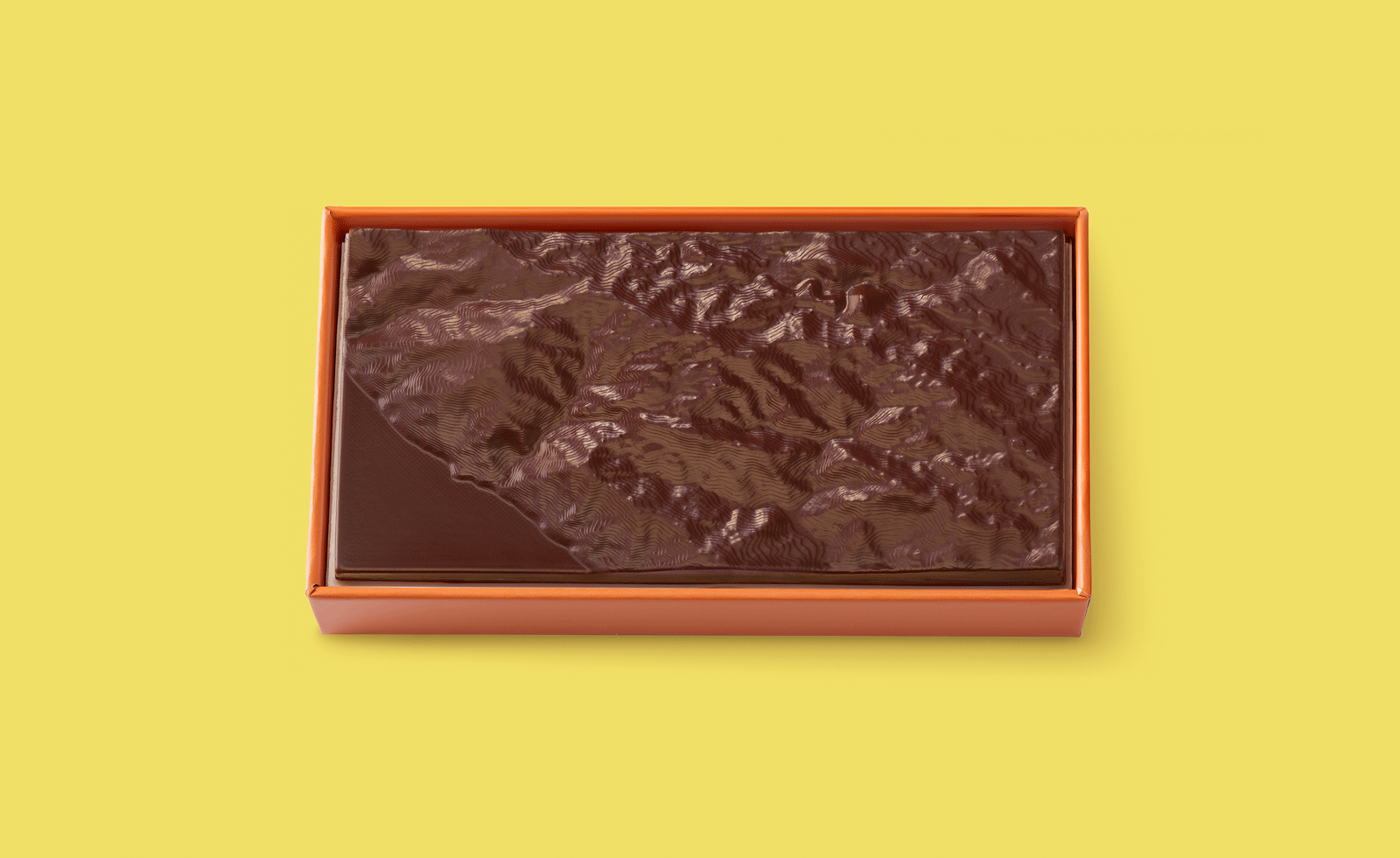 Ed Ruscha’s foray into chocolate is sweet, smart and very American
Ed Ruscha’s foray into chocolate is sweet, smart and very AmericanArt and chocolate combine deliciously in ‘Made in California’, a project from the artist with andSons Chocolatiers
-
 Jamel Shabazz’s photographs are a love letter to Prospect Park
Jamel Shabazz’s photographs are a love letter to Prospect ParkIn a new book, ‘Prospect Park: Photographs of a Brooklyn Oasis, 1980 to 2025’, Jamel Shabazz discovers a warmer side of human nature
-
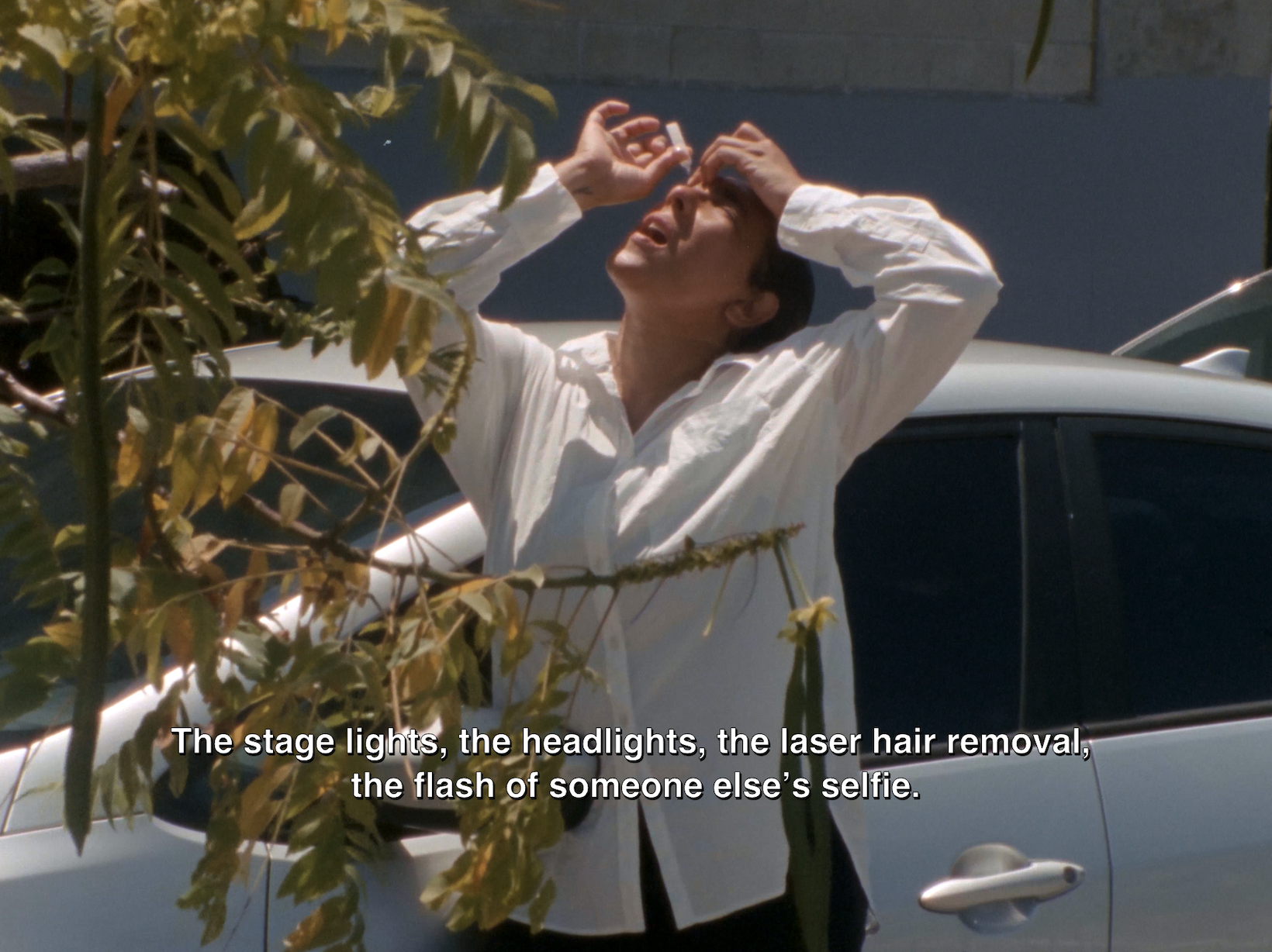 The Hammer Museum in Los Angeles launches the seventh iteration of its highly anticipated artist biennial
The Hammer Museum in Los Angeles launches the seventh iteration of its highly anticipated artist biennialOne of the gallery's flagship exhibitions, Made in LA showcases the breadth and depth of the city's contemporary art scene
-
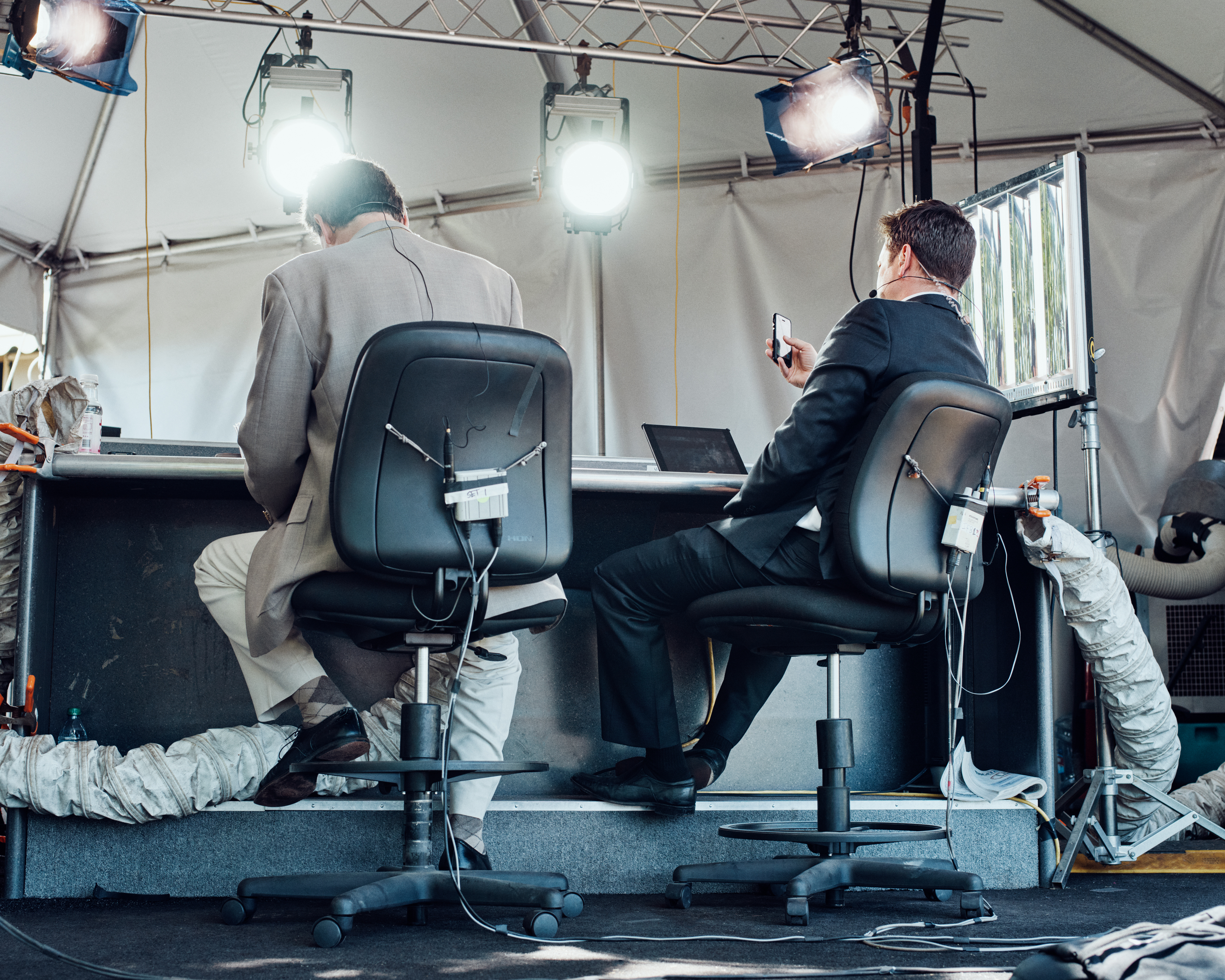 Thomas Prior’s photography captures the uncanny fragility of American life
Thomas Prior’s photography captures the uncanny fragility of American lifeA new book unites two decades of the photographer’s piercing, uneasy work
-
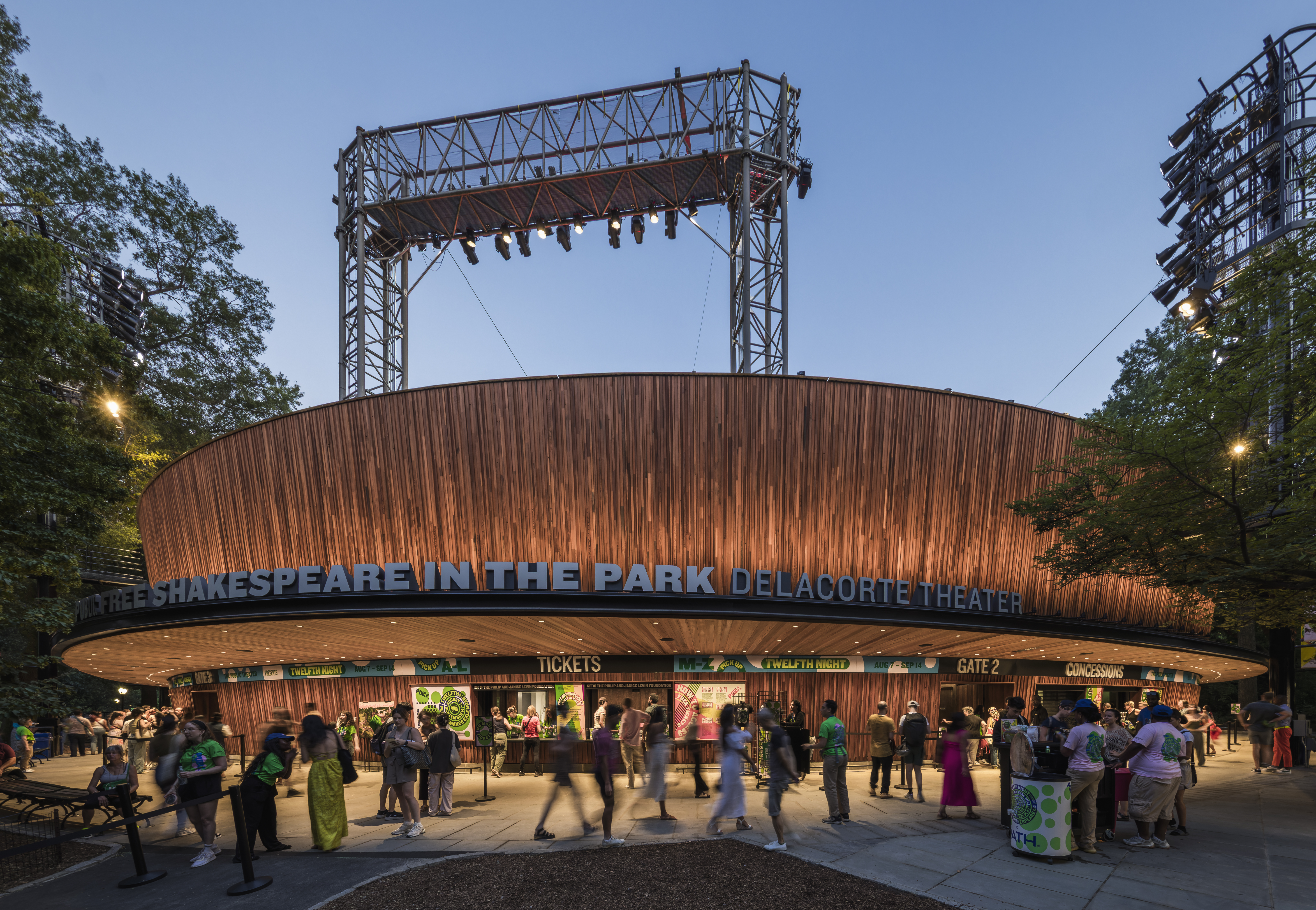 Central Park’s revitalised Delacorte Theater gears up for a new future
Central Park’s revitalised Delacorte Theater gears up for a new futureEnnead Architects helmed an ambitious renovation process that has given the New York City cultural landmark a vibrant and more accessible future
-
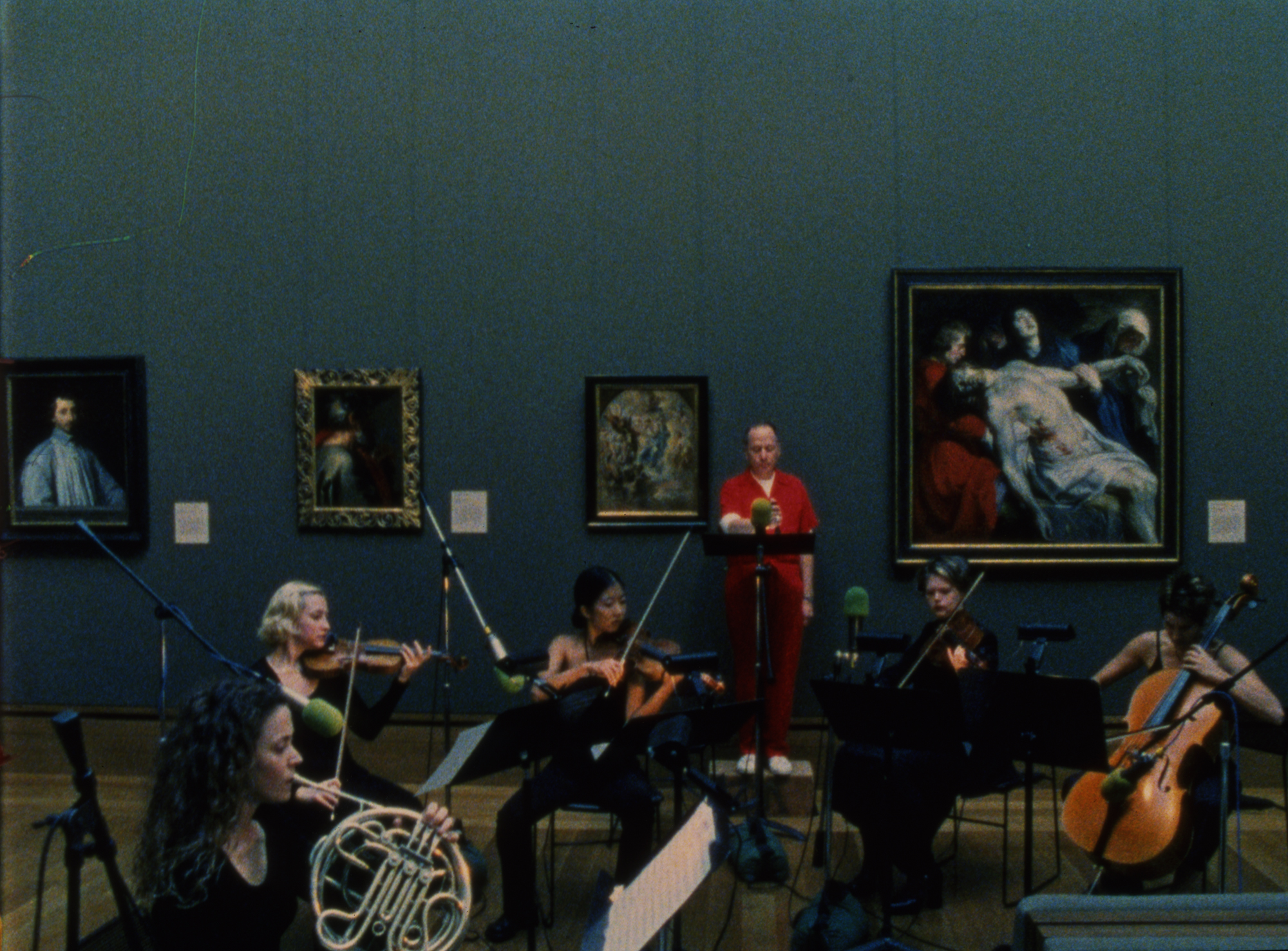 Stephen Prina borrows from pop, classical and modern music: now MoMA pays tribute to his performance work
Stephen Prina borrows from pop, classical and modern music: now MoMA pays tribute to his performance work‘Stephen Prina: A Lick and a Promise’ recalls the artist, musician, and composer’s performances, and is presented throughout MoMA. Prina tells us more
-
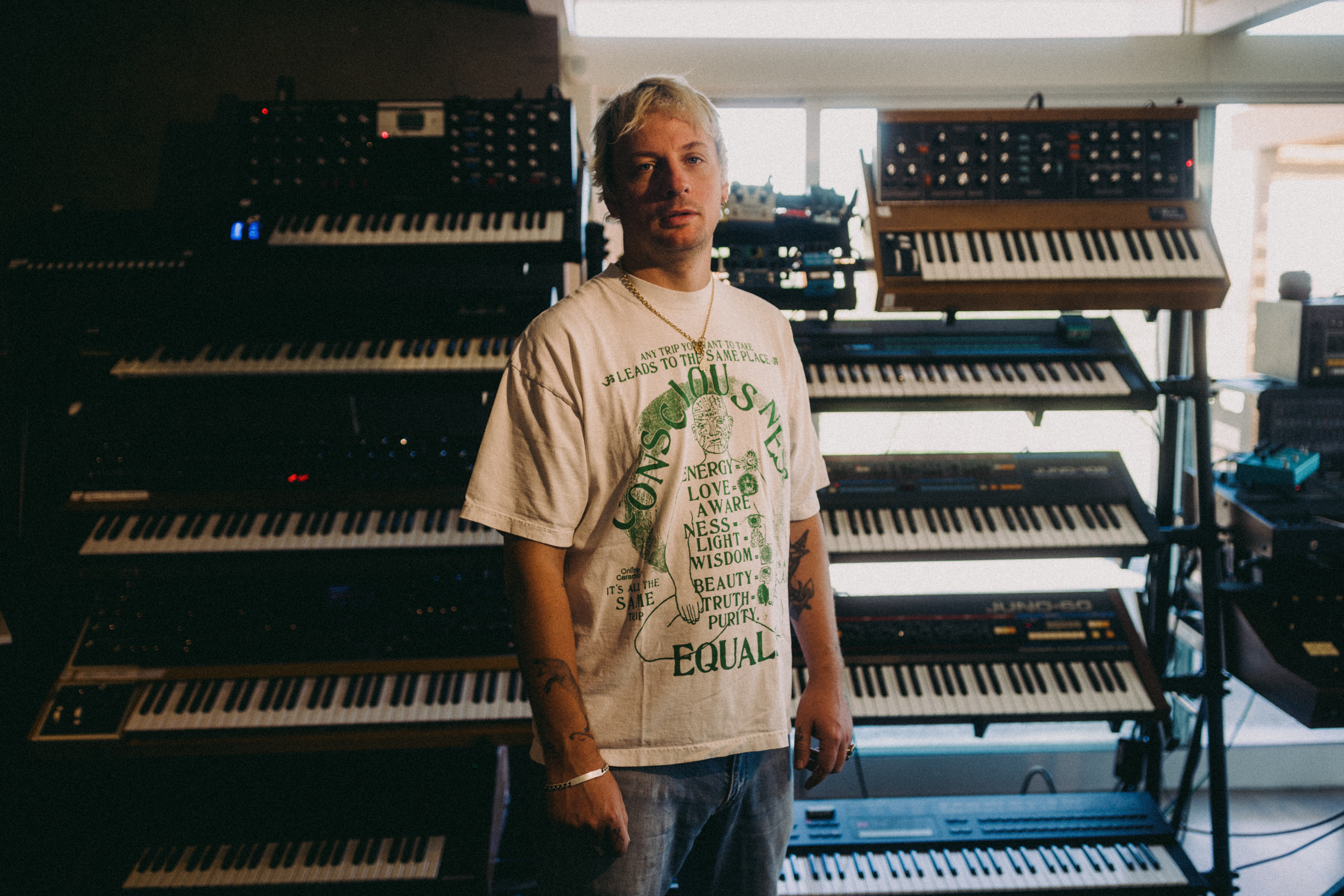 Curtains up, Kid Harpoon rethinks the sound of Broadway production ‘Art’
Curtains up, Kid Harpoon rethinks the sound of Broadway production ‘Art’He’s crafted hits with Harry Styles and Miley Cyrus; now songwriter and producer Kid Harpoon (aka Tom Hull) tells us about composing the music for the new, all-star Broadway revival of Yasmina Reza’s play ‘Art’